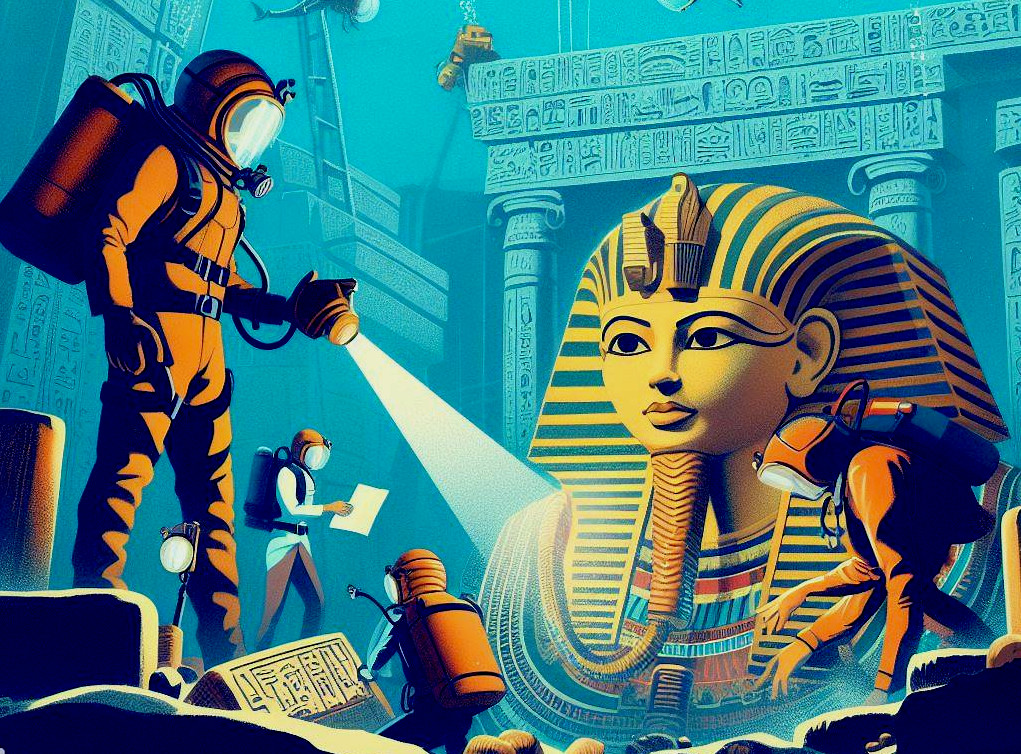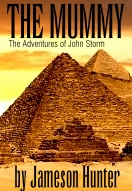|
|
||
G R A P H I C N O V E L
In the past two decades, the popularity of the
Marvel and
DC film franchises has transformed the
marketplace. Now comic book adaptations dominate the box office.
Where previously, only the occasional iconic superhero received the movie
treatment.
As legendary Hollywood producer Robert Evans is quoted as saying: “Property is king.” This is especially so if you’re a writer working in the Sci-Fi, Action/Adventure or Fantasy genres:
"When I went out to L.A., I knew one thing: property is king. No one wanted me - there's nothing worse than a pretty boy actor who wants to be a producer, especially a lousy actor. And I bought a property called "The Detective" to get my foot in the door. So I went to 20th Century-Fox and demanded a three-picture deal and got it. Without the property, they wouldn't have given me anything."
Clearly then, an idea needs to be developed until the IP becomes a solid asset, or as Robert Evans says, a property. Creating a graphic novel from a written story, alongside a script, the 'Cleopatra' (clone/replicant) concept is firmed up in words and pictures.
NEWSFLASH - The whole world goes crazy. It is the biggest archaeological find since Tutankhamun. The once peaceful Mediterranean sea is suddenly flooded with scientists from Blue Shield. Egypt has to station warship patrols to keep tomb raiders at bay.
UTILIZING
FINAL DRAFT
There is approximately a one-to-one page ratio when going from a feature or TV screenplay to a final comic book or graphic novel. A single issue of a comic book rarely uses the one-to-one page ratio, so you’ll need to edit down the volume when doing an adaptation. The first step, however, is to get your screenplay into the correct comic book template.
Final 12 makes the task easy and saves you hours of retyping all your script pages via its available Templates.
CLEOPATRA IS CLONED - Then, as if to top the discovery of the long lost Egyptian queen, she is cloned from her mummy. The scientific community is shocked. Astounded. Firstly, because they cannot believe (and some refuse to believe) it is possible. And then, they focus on the ethical dilemma the news brings with it. Mostly condemning the act of creation, likening it to Frankenstein' monster, But then, being told it was legal, and advanced medical and biological science by hundreds of years.
After selecting the Element, you can alter its font, alignment, spacing, and indentation. Once the Elements have been customized, you can clear the pages and save the new Template to your computer or the Final Draft Template menu for easy access. To delete all the text so your Template will be blank when you open it, on the keyboard press Command+A on a Mac and Control+A on Windows. Then press the Delete key. Next, save your customized template: go to File > Save as Template, choose “Add to My Templates,” give your new Template a name, and that’s it. You’ll now see your template in the “My Templates” section when you choose New from Template.
A lookbook is a collection of movie stills, photographs, or any other visuals that are compiled to illustrate a filmmaker's vision for a film. As the marketplace becomes more visually driven, using images as a sales tool is becoming more common.
....
MANGA
- Manga, as a visual medium, can effectively convey complex stories and emotions. The concept of "Cleopatra Reborn" lends itself well to a manga adaptation, particularly given the Japanese interest in reincarnation and rebirth.
|
||
|
|
||
|
Please use our Ancient Egyptian A-Z to navigate the antiquities on this site
C L E O P A T R A - T H E M U M M Y
The rights of Jameson Hunter and Cleaner Ocean Foundation to be identified as the author of this work has been asserted in accordance with section 77 and 78 of the Copyright Designs and Patents Act 1988. This website and the associated Cleopatra artwork is Copyright © 2024 Cleaner Ocean Foundation and Jameson Hunter. This is a work of fiction. Names and characters are the product of the authors' imaginations, and any resemblance to any person, living or deceased, is entirely coincidental. The names "Cleopatr's The Mummy" is trademark pending 11 October 2023.
|

